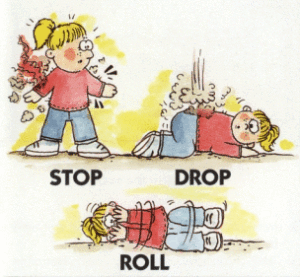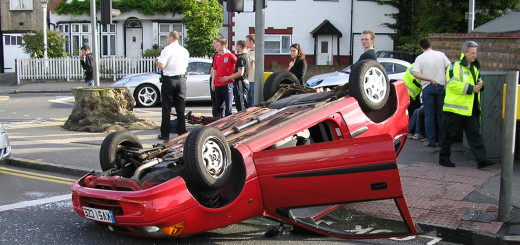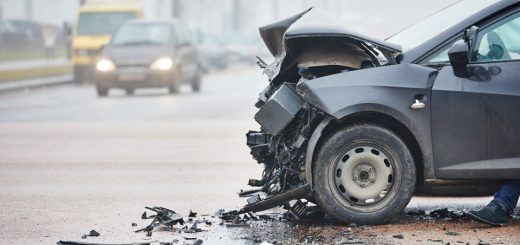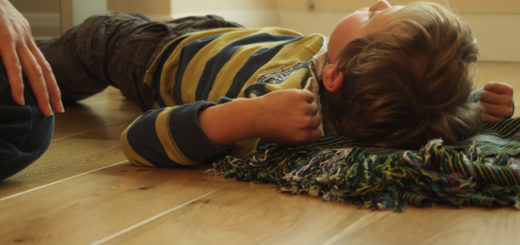Fire safety advice for first aiders
Fire is a constant risk in every home and workplace. Although not professional firefighters, first aiders should at least have a basic knowledge of fire safety. Small fires can be put out with a fire extinguisher or fire blanket (but be careful never to use a water extinguisher on an electrical fire). On discovering a serious blaze, or if a minor fire grows out of control:
- Raise the alarm. Make sure everyone in the building evacuates.
- Get straight out. Don’t investigate the fire or stop to collect valuables or pets. Close doors behind you as you go. Before you open a door, touch it with the back of your hand; if it feels hot then the fire is on the other side. If a room is full of smoke, crawl along the floor where the air is cleanest.
- Call the fire brigade (911 / 999 / 112). Give an exact location and describe what type of building is on fire. Tell the operator if anyone is trapped inside.
- Don’t go back in. If anyone is still trapped, the firefighters will be able to find them much faster than you can.
If your escape route is blocked:
- Try to climb out of a window on the ground or first floor. Throw bedding and cushions to break your fall, and then lower yourself by your arms from the window ledge before dropping.
If you cannot escape then get everyone together in one room, close the door and seal around the bottom with clothing or cushions. Open a window, shout for help and stay where you are.
If someone’s clothes catch fire, make them immediately stop, drop and roll. By dropping to the ground, wrapping tightly in a heavy fabric and rolling on the ground they will smother the flames.
Provide immediate first aid treatment for any burns. Check out our free online first aid course module: first aid for burns

 If you cannot escape then get everyone together in one room, close the door and seal around the bottom with clothing or cushions. Open a window, shout for help and stay where you are.
If you cannot escape then get everyone together in one room, close the door and seal around the bottom with clothing or cushions. Open a window, shout for help and stay where you are.




My son is learning about these kinds of drills in school. He has been for a few years but now he’s more aware and knows what they mean. Before now he would just get scared and follow instructions. Now he’s asking questions and fully understands the reason behind the drills and rehearsing them. I’m excited to tell him more of this to boost his understanding.
That image definitely hits nostalgia of when I was in elementary, and was lectured on this particular subject. And with how schools that did demonstration sessions used to have so much emphasize on something like this. It’s just one of those things that will become common sense, but if it actually happens to a person, they may be naturally inclined to panic and make their set of circumstances at the time even worse!
Fire can be scary for anyone especially small children teach them to crawl along the floor where there is more air, parents get to them if you can
have every one in one room if you can’t open the door because it is hot open window throw out pillows , quilts what ever you then jump on to them.
If parents get out before children wait for fire department they are trained to rescue fire victims.